The Premium Jet Section
Discover our partner Legacy
Legacy understands that the primary drivers for private aviation are maximizing time and control. Business leaders and Ultra-High Net Worth private travelers need to get the most out of every minute and have the ability to control their travel schedule as simply and efficiently as possible.
Legacy’s world-class concierge program coupled with the power of the Nomad Hill travel platform allow clients to effect changes to their complex travel itineraries (aircraft schedule, hotel bookings, ground transportation services, VIP arrangements) all though a single point of reference affording even the most exacting client the power to control their schedule and react to opportunity in today’s fast-paced global environment.
Legacy Aviation Group has developed one of the most comprehensive Flight Card Programs in the industry, allowing our clients unmatched accessibility to a multitude of new aircraft. We are dedicated to providing you with flexibility and enjoy private jet travel without the additional fees and burdens found with our competitor card programs.
Aircraft safety is always our primary focus and never sacrificed. All aircraft maintain the highest rankings on all 12 ARG/US Platinum safety-rating categories. We believe that safety is primordial in the business jet travel industry.
Find the jet that fits your needs below.
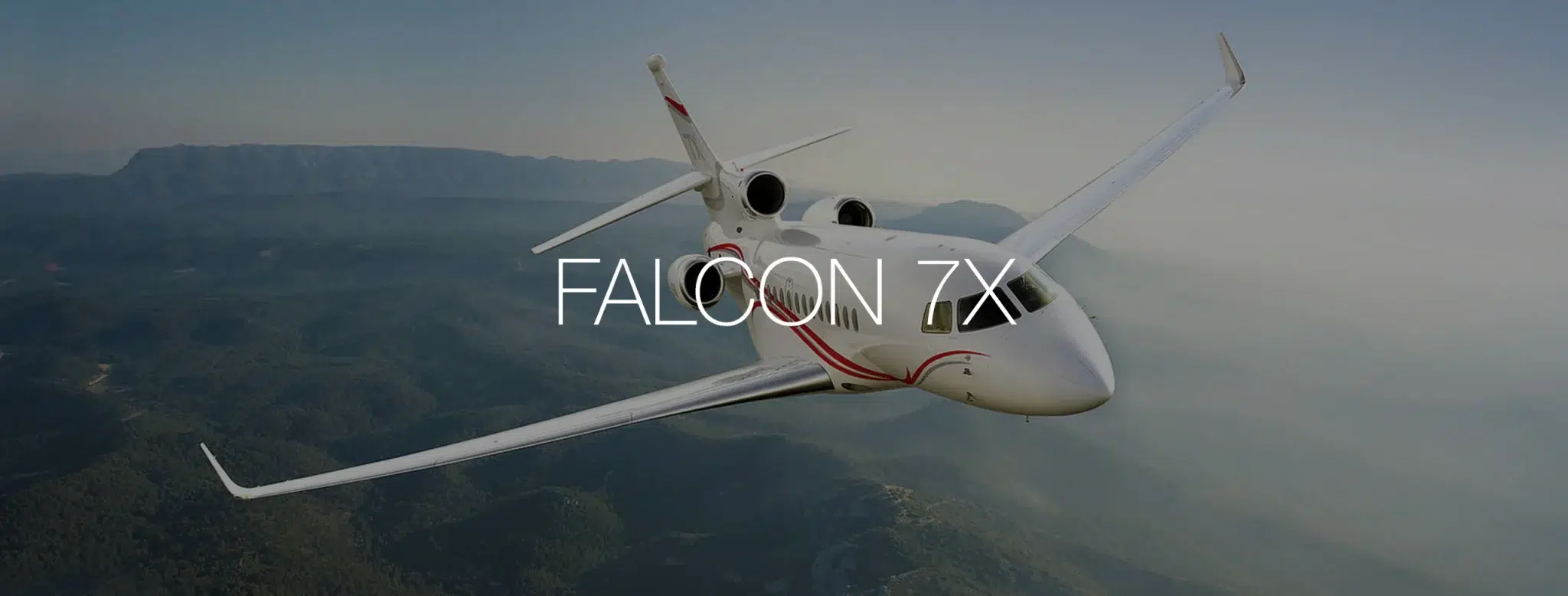
FALCON 7X
Discover the FALCON 7X
Dassault Falcon 7X
The $41 million plus Falcon 7X is an all-new tri-jet with a projected 5,700+ NM of range and a cabin eight feet longer than the current Dassault flagship Falcon 900EX. The Falcon 7X will be the first business jet to have fly-by-wire with side stick control. Dassault also announced that the new Falcon will have the equally new and advanced Honeywell EASy electronic cockpit. Three Pratt & Whitney Canada PW 307A engines of 6,100 lbs thrust will power the aircraft.
Also new will be the environmental systems, which offer a 6,000-foot cabin at cruise altitudes, a full 2,000 feet lower than the other Falcons. Dassault is also aiming for a quieter interior as well.
While the exterior view looks like a large Falcon 900, the wing is also a new design. Planned cruise speeds are in the Mach 0.85 to 0.90 range. Still, the take-off and landing distances are projected to be similar to the smaller, lighter Falcon 900EX.
The Falcon 7X made its first flight in 2005. It was certified in in April 2007 and entered service shortly afterwards.
Passengers: 14
Range: 2,456 nautical miles
Cabin Dimensions: 2,416 cubic feet
Speed: 425 MPH
Cargo Capacity: 202 cubic feet
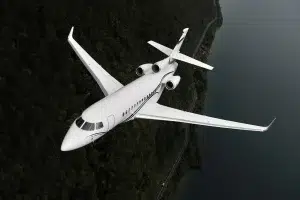



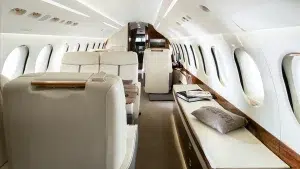

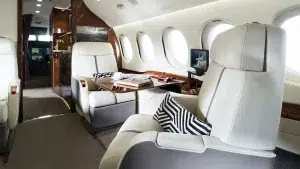
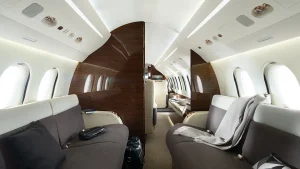
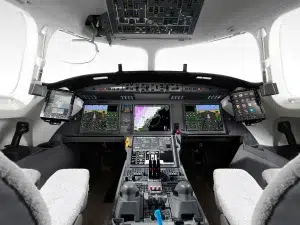

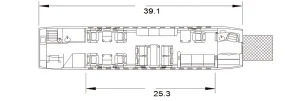
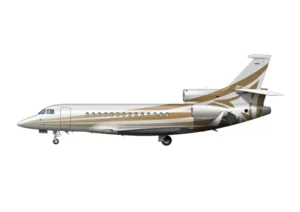
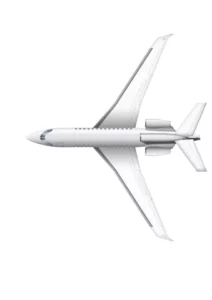
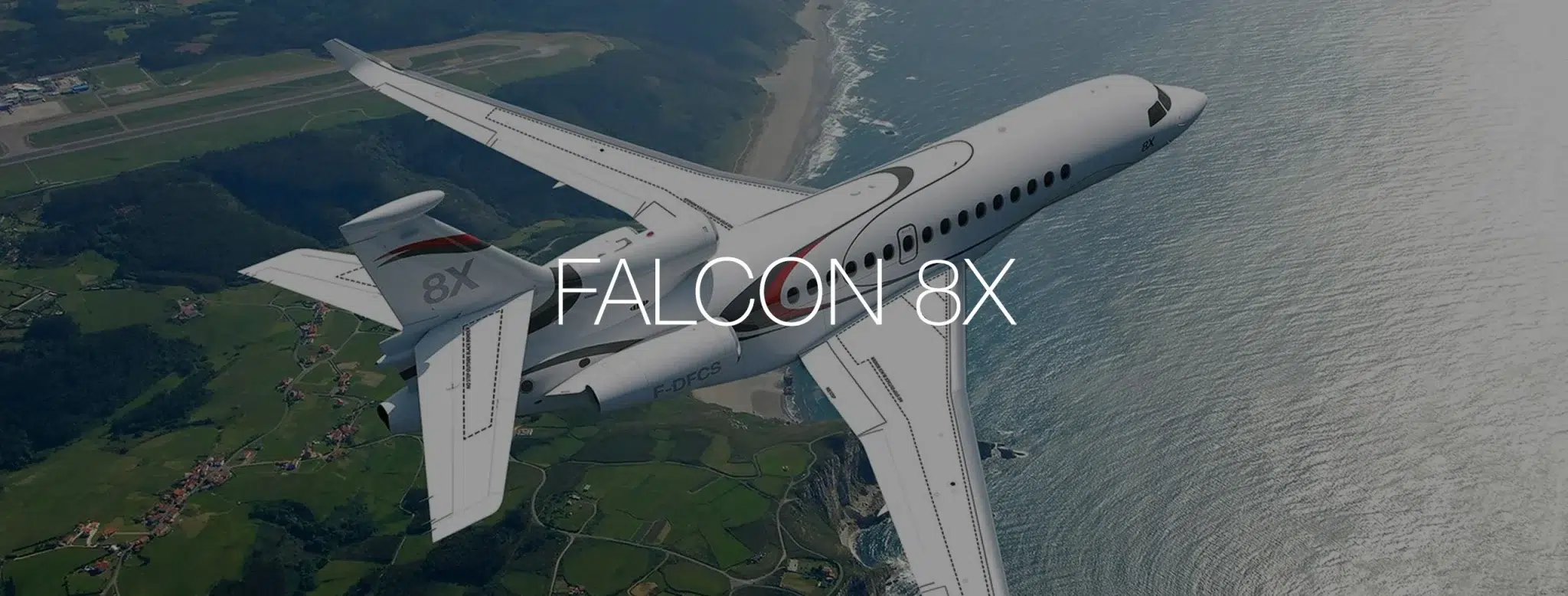
FALCON 8X
Discover the FALCON 8X
The Falcon 8X was unveiled in May 2014 at EBACE and is a stretched, longer range derivative of the Falcon 7X. It is intended to compete with the Gulfstream G650 and the Bombardier Global family.
It will be powered by three Pratt & Whitney Canada PW307D engines and has a projected range of 6,450 NM.
Passengers: 12
Range: 6,450 nautical miles
Cabin Dimensions: 1,867 cubic feet
Speed: 495 MPH
Cargo Capacity: 140 cubic feet


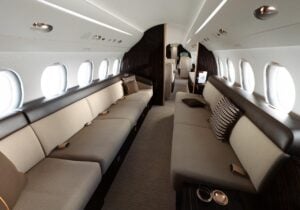
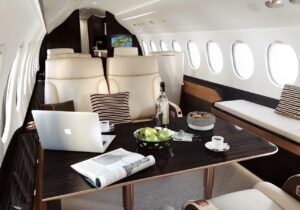

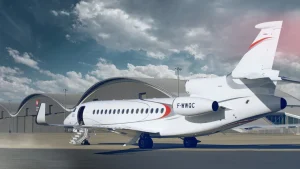

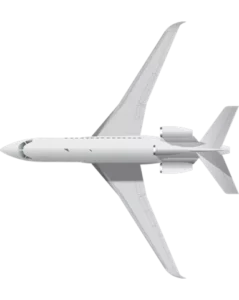
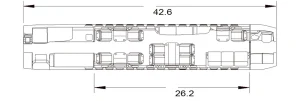

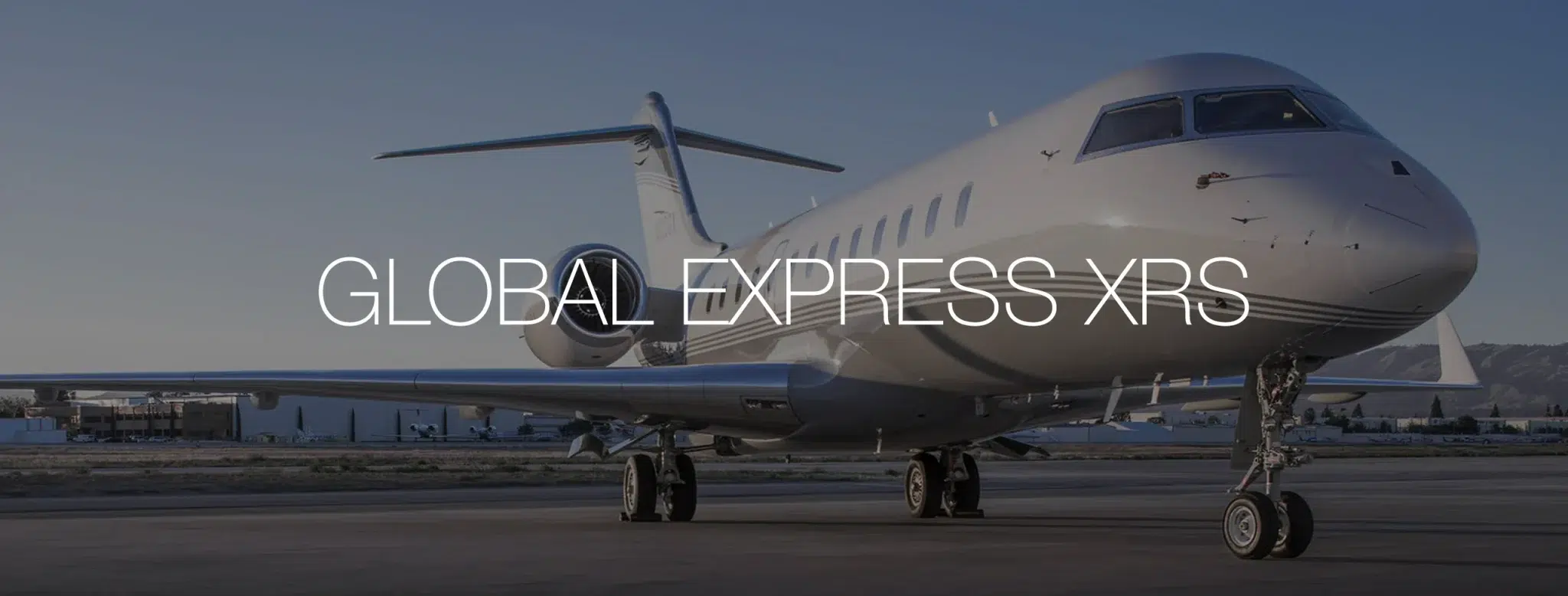
GLOBAL EXPRESS XRS
Discover the GLOBAL EXPRESS XRS
Bombardier Global Express XRS
The Global Express is Bombardier’s entry into the ultra long-range jet category. Its cabin is twenty feet longer than its Challenger stable-mate, providing a separate crew rest area and a roomier lavatory. Typical seating is for fourteen and with all seats filled it has a maximum range of 6,250 nm with NBAA IFR reserves.
The Global XRS was introduced in 2003 and has more range than the Global Express.
Passengers: 13
Range: 6,250 nautical miles
Cabin Dimensions: 2,470 cubic feet
Speed: 505 MPH
Cargo Capacity: 195 cubic feet
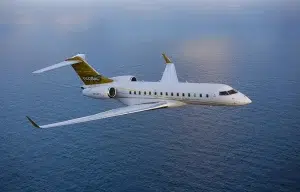
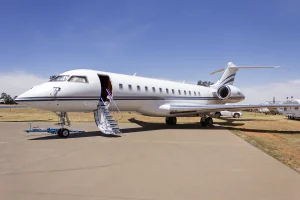
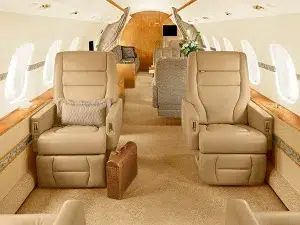

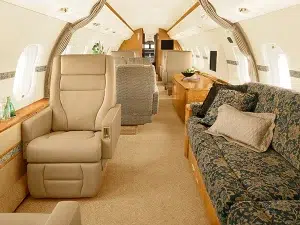

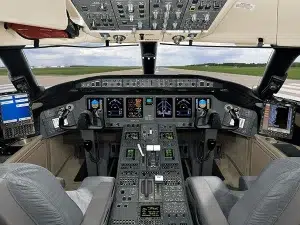

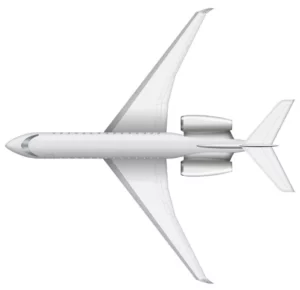
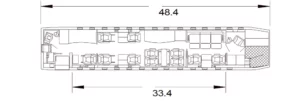

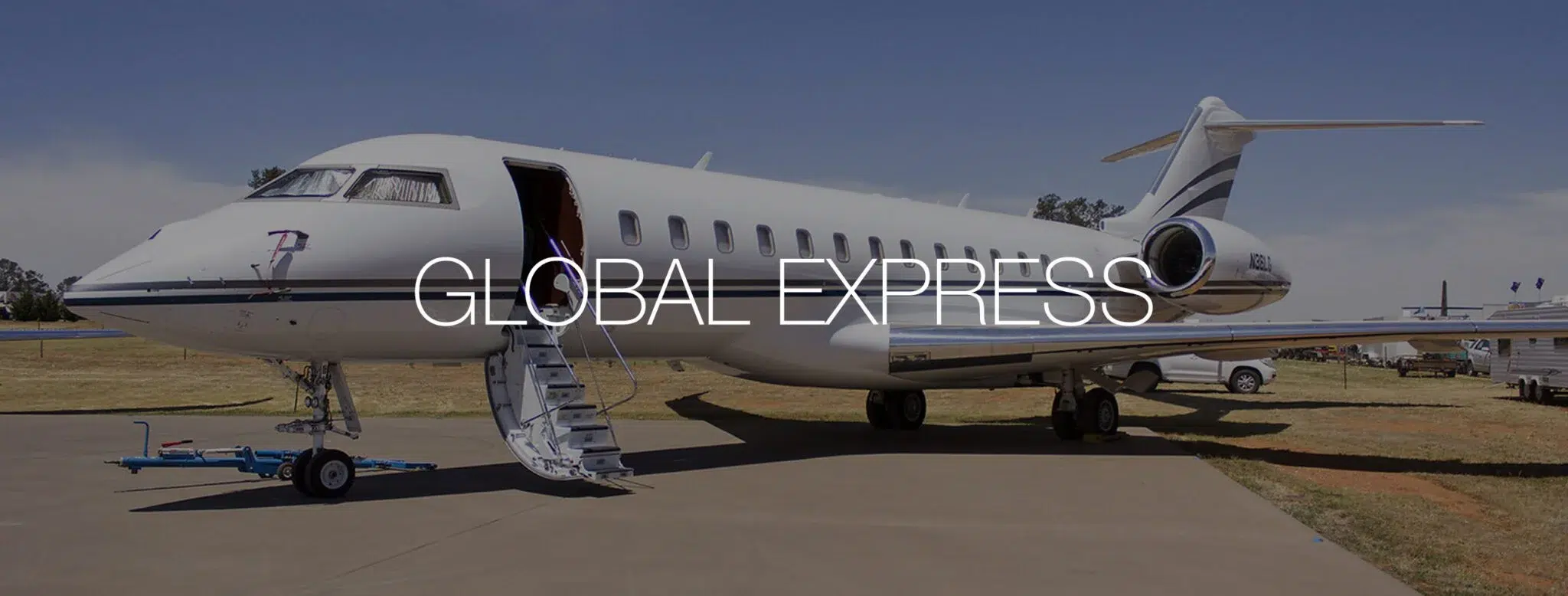
GLOBAL EXPRESS
Discover the GLOBAL EXPRESS
Bombardier Global Express
In October 1991, Bombardier announced its newest aircraft production program, the Global Express, a completely new corporate aircraft capable of carrying eight passengers and four crew 6,500 nm at Mach 0.80. Rolls Royce BR710-A2-20 engines power the Global Express. Each BR710 provides 14,690 pounds of thrust. The cabin is 20 feet longer than the Challenger’s providing a separate crew rest area and a roomier lavatory.
Passengers: 13
Range: 5,890 nautical miles
Cabin Dimensions: 2,470 cubic feet
Speed: 505 MPH
Cargo Capacity: 195 cubic feet











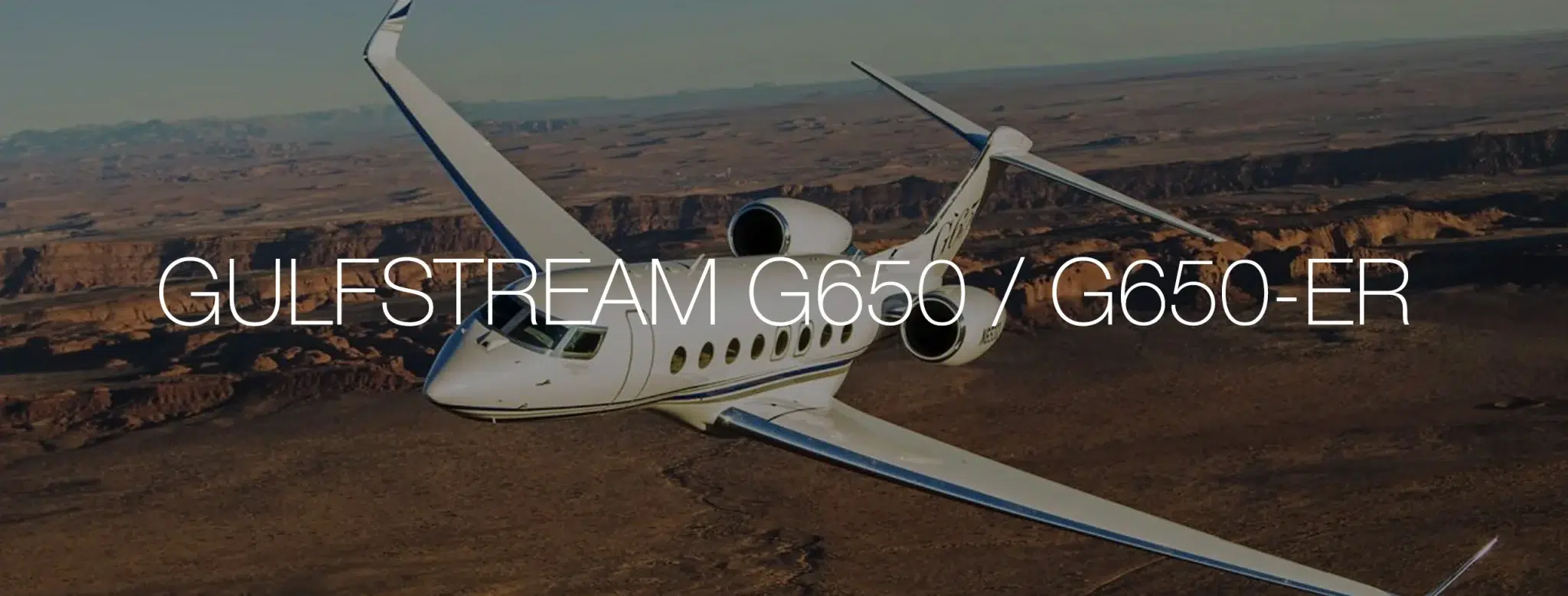
GULFSTREAM G650 / 650-ER
Discover the GULFSTREAM G650 / 650-ER
The G650 was introduced to the public on March 13, 2008 and will be Gulfstream’s largest, fastest and most expensive business jet when it goes into production.
The G650 will be powered by two Rolls-Royce BR725 turbofan engines and will be able to travel non-stop for 7,000 nautical miles with speeds up to Mach 0.90. The cockpit features a PlaneView II avionics suite with Synthetic Vision System and a Head-Up Display (HUD). The cabin will be equipped with a full kitchen and bar along with satellite phones and wireless internet.
The G650 will become the second business aircraft after the Falcon 7X to utilize flight controls that will be completely fly-by-wire with no mechanical control between pilot and flight surfaces.
The G650’s housekeeperen flight was on November 25, 2009.
Passengers: 16
Range: 7,000 nautical miles
Cabin Dimensions: 2,916 cubic feet
Speed: 516 MPH
Cargo Capacity: 195 cubic feet
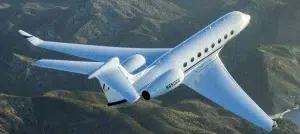




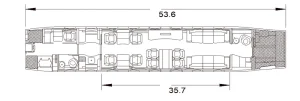
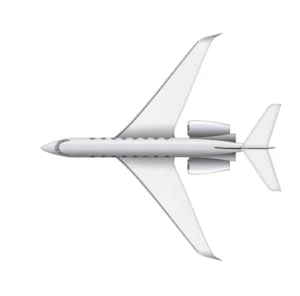

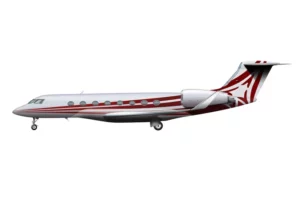
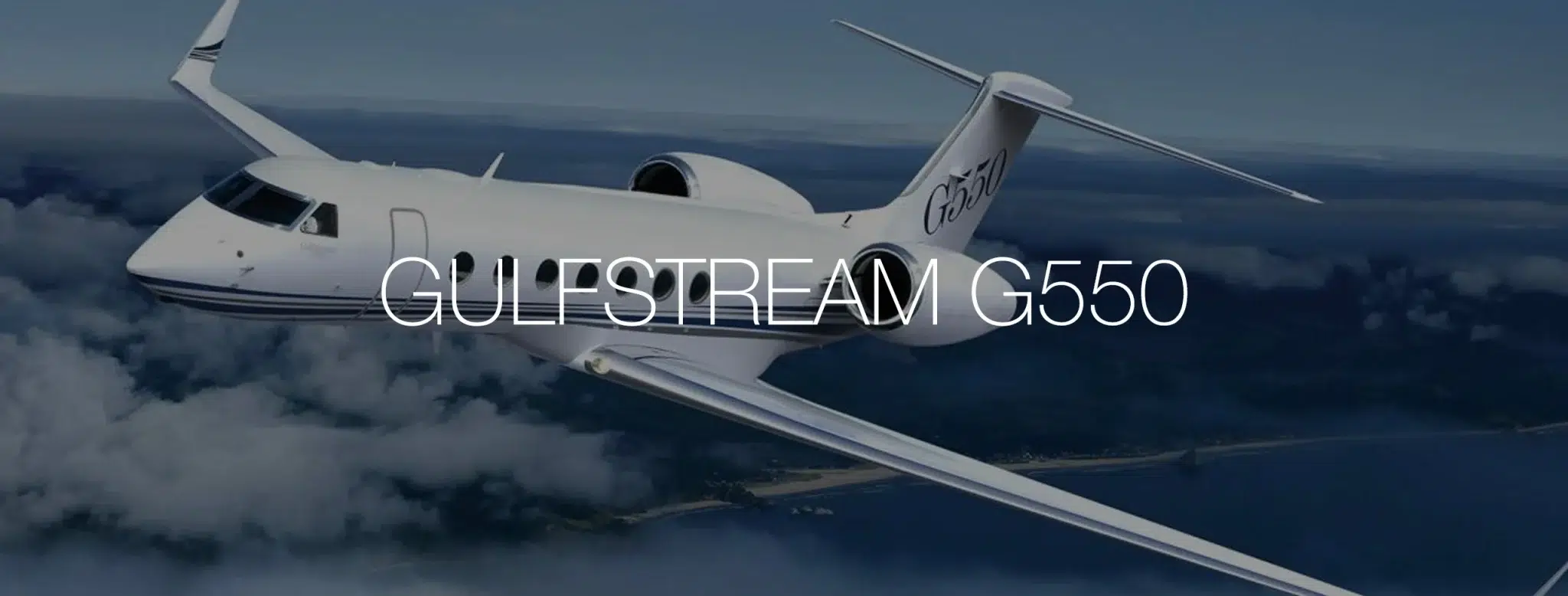
GULFSTREAM G550
Discover the GULFSTREAM G550
The G550 is a Gulfstream V with some significant improvements. It was unofficially known as the G VSP, prior to its baptism as the G550.
In 1997, Gulfstream introduced a new era in the history of business aviation with the Gulfstream V, the world’s first ultra-long range business jet. The Gulfstream 550 was introduced in 2002 as part of Gulfstream’s transformation of their product line.
The G550 is powered by two Rolls-Royce BR710 turbofan engines and is able to travel non-stop for 6,750 nautical miles with speeds up to Mach 0.885. The cabin is a G IV cabin that has been stretched five feet to make room for a crew rest area. The avionics suite is Honeywell’s PlaneView cockpit, an outgrowth of their Primus Epic architecture.
Both the G500 and G550 have improvements in aerodynamics leading to reduced fuel burns compared to the G V. The G550 gets the head-up display and enhanced vision system as standard, while it is an option for the G500. The G550 comes with a customizable cabin layout, has slightly different weights, greater range, and a higher base price (matching its higher level of standard features) compared to the G500.
The G550 has been in production since 2003.
Passengers: 16
Range: 6,360 nautical miles
Cabin Dimensions: 2,268 cubic feet
Speed: 477 MPH
Cargo Capacity: 226 cubic feet
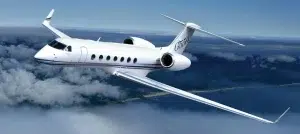

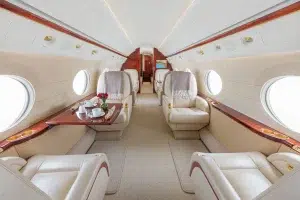
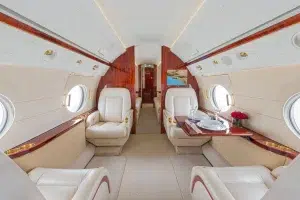

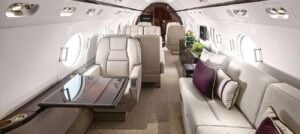



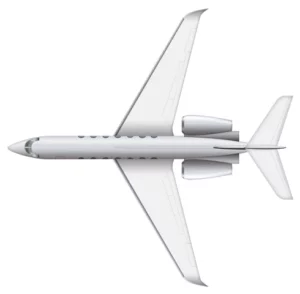



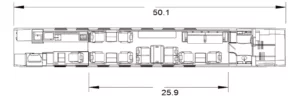

Simply Unmatched
Dominican Republic's Finest Upscale Property Collection.

Simply Worry-Free
Safe and secure booking, and 24/7 customer support.

Simply Unforgettable
Crafting Timeless Memories: Impeccable Stays, Every Time.
Need More Information?
Ascend To Unprecedented Travel Experiences. Reach Out Now For Your Personalized Jet Charter Details!
Contact Us Now!

